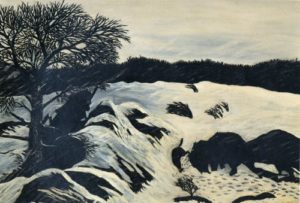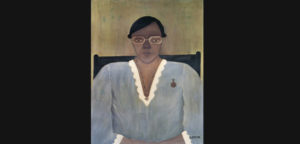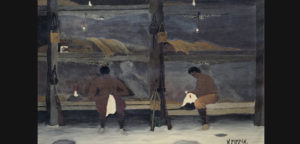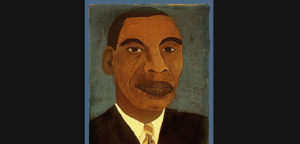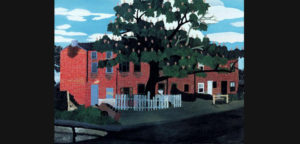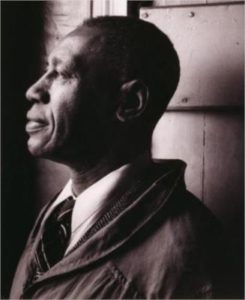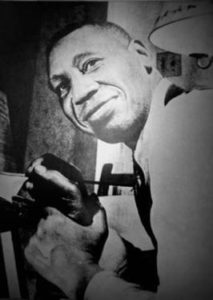
1900s – After the death of his father and when his mother got sick, Horace who had graduated from the school only after 6 years went to work on the farm. Later he worked as a porter, furniture packer and moulder.
1888 - 1946
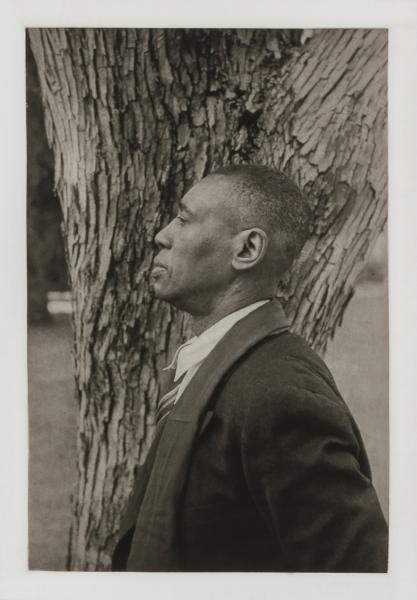
An African-American self-taught painter, one of the very first and most talented black artists of the naive style in his country.
Horace Pippin achieved success in America (then – “a country for whites”) and became incredibly popular during his lifetime. He managed to develop his talent and achieve mastery of such heights that his paintings are placed in the same row with the works of such a world-famous artist as Customs Officer Rousseau (France). Works of the highly gifted black painter are in many American museums.
Key ideas:
– Horace Pippin was a self-taught artist, who enjoyed drawing from childhood. In his works, he told the history of the hard life on his generation through the images. Not having finished school and having few opportunities for self-education in his youth, he, with the help of his talent, paints and a brush, which he could barely hold with a hand wounded at the war, managed to express both everyday and tragic feelings in the language of high art.
– Working on compositions, Horace used simple tones, calm and quiet, like he himself. Soft green, pale blue and muted brown gammas reminiscent of the color of military uniforms prevail in his canvases. “War made me an artist,” he later said. On the front, he made sketches, the digitized collection of which is kept by the Archives of American Art (Smithsonian Institution). 12 years after demobilization, having firmly decided to become an artist, forty-year-old Pippin named his first painting “The end of the war. Time to go home”. It is considered one of the best in the heritage of the unique artist.
– In the late period of his short creative career, the artist enriched his palette with bright yellow and deep green shades and, most importantly, started using red thick color, which in African religion and culture always had great and often sacred significance.
– Pippin, like many artists, found considerable support in his sincere faith. He used religious subjects rarely, though amazed those around him with his knowledge of the Bible. The power of faith is powerfully shown in one of the most thrilling canvases “John Brown on the way to the gallows”. This work reflects the stories of Horace’s grandmother, a slave from Virginia who witnessed the execution of J. Brown.
– The artist said about his technology, “A picture comes to my mind, and if it is worthy, I paint it … I find myself kind of above the painting several times; when I have all the details, I am ready to draw it … ”
1888
1917
1920
1930
1937
1939
1940
1946

1900s – After the death of his father and when his mother got sick, Horace who had graduated from the school only after 6 years went to work on the farm. Later he worked as a porter, furniture packer and moulder.
